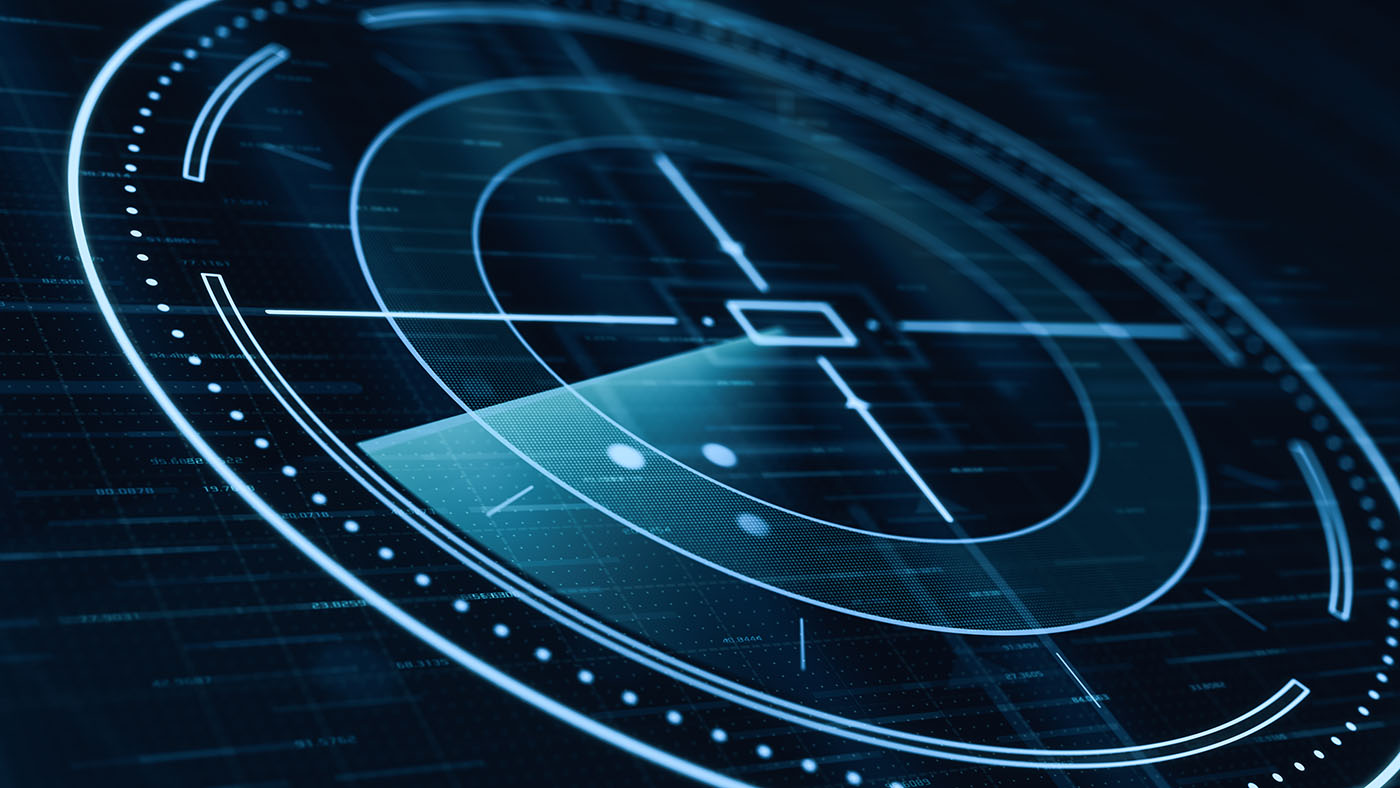Highlights
Limits set on quantum radar’s ability to hide itself
 New research predicts what signals a quantum radar should send to stay covert. Image credit: lucadp/Shutterstock.com
New research predicts what signals a quantum radar should send to stay covert. Image credit: lucadp/Shutterstock.com
How well can you see without been seen? That is the question CQT’s Mile Gu and his colleagues tackle in their research on the performance of quantum radars, published 9 September in Physical Review Letters.
They calculate from theoretical models how to optimise a quantum radar to detect a remote object without the signals it sends being detectable.
‚ÄúWe're the first to derive concrete results based on probability of detection,‚ÄĚ says Mile about the results. Mile is a CQT Fellow and an Associate Professor in the School of Physical and Mathematical Sciences at Nanyang Technological University (NTU), Singapore. His co-authors on the work are PhD student Guo Yao Tham and Principal Research Fellow Ranjith Nair, both at NTU.
Covert sensing can be useful in adversarial situations. For example, the observer might be put in danger if they were detected, or the observed might change their behaviour if they realise they are being watched.
Laser sighting
Since the concept of a quantum radar was first proposed some 15 years ago, researchers have confirmed that quantum signals can offer a sensitivity boost.
A radar works by sending out a beam of electromagnetic radiation (a stream of photons) and measuring what gets reflected back. The quantum version uses entangled photons, with an advantage coming from how correlations in the photons’ properties affect the measurements. The technique is more broadly known as quantum illumination or quantum target detection.
Practically, there are not many cases where quantum illumination will make a difference. ‚ÄúYou could always replicate a quantum advantage for photons by shooting four times as many laser photons,‚ÄĚ notes Mile. Not so if you are trying to stay unnoticed, however. ‚ÄúThe last thing you want to do if you are trying to be covert is shoot a powerful laser,‚ÄĚ he adds.
Mile and co-authors explore how quantum signals can bring advantage for covertness, defining conditions that will keep the radar stealthy.
They advance previous work on quantum target detection by using a more realistic model of background noise, removing something known as the ‚Äėno passive signature assumption‚Äô. They also improve on previous analysis of covert detection by their choice of what measure to track.
These changed assumptions lead them to a new design approach for quantum radars. ‚ÄúWe found that the resources that lead to advantage are fundamentally different. In standard illumination, it was always about how many photons we bring to the table. In covert illumination, the fundamental resource is bandwidth, roughly how many light pulses we can send at the target whose reflections we can monitor.‚ÄĚ explains Mile. ‚ÄúThe quantum radars can leverage entanglement so that each pulse looks locally similar to background noise, but still has a better detection rate for the same number of photons.‚ÄĚ
Meet Alice and Willie
In the team‚Äôs model of covert quantum target detection, they name the observer Alice ‚Äď she is the one using the radar ‚Äď and call the adversary watching out for her Willie. They assume that Willie is near the object to be detected and captures any signal not reflected back to Alice. They also suppose everything is bathed in some amount of noisy thermal background radiation.
The researchers formulate equations for the error probability for Alice (the chance that she misses or falsely detects an object) and for the error probability of Willie’s attempt at detecting Alice. Willie’s error probability defines how much risk Alice is taking in terms of a covertness constant e. Alice would be undetectable at e=0 and be more likely to be discovered the bigger e is set.
‚ÄúPrevious work used something called relative entropy to quantify the covertness of Alice‚Äôs attempt at detecting Willie. While this is mathematically convenient, we use the error probability with which Willie can detect her probing, which is the more operationally relevant quantity,‚ÄĚ explains Ranjith.
The problem is then formally stated like this: what is Alice’s minimal error probability when optimised over e-covert probes? This is the same as saying you want Alice to be as successful as possible at a fixed e risk.
The researchers find a fundamental lower bound which is a function of the number of optical modes Alice sends across and the amount of background radiation. They also calculate that using a type of entangled light known as two-mode squeezed vacuum probes, which are weakly entangled states, could approach this limit in moderate background brightness.
They compare the best quantum strategy to a classical strategy that uses laser probes with random amplitude and phase, aiming to mimic the background noise. Technically, these are known as Gaussian-distributed coherent states. The work reveals that the quantum strategy performs better at moderate background noise levels.
Having built this theoretical picture, the researchers now plan to test how practical the technique would be and how they can extend to other covert sensing protocols, such as imaging and target classification. Such protocols could go beyond simple detection of the target to reveal more details of the target object. ‚ÄúWhen we can better detect targets, we can generally also better measure how much light is being reflected,‚ÄĚ says Guo Yao. ‚ÄúThat allows us to get higher contrasts in images, and better distinguish one object from another.‚ÄĚ
Learn more
Related Stories
Singapore announces National Quantum Strategy May 30 2024 | |
Meet a CQTian: Mile Gu May 16 2024 |






